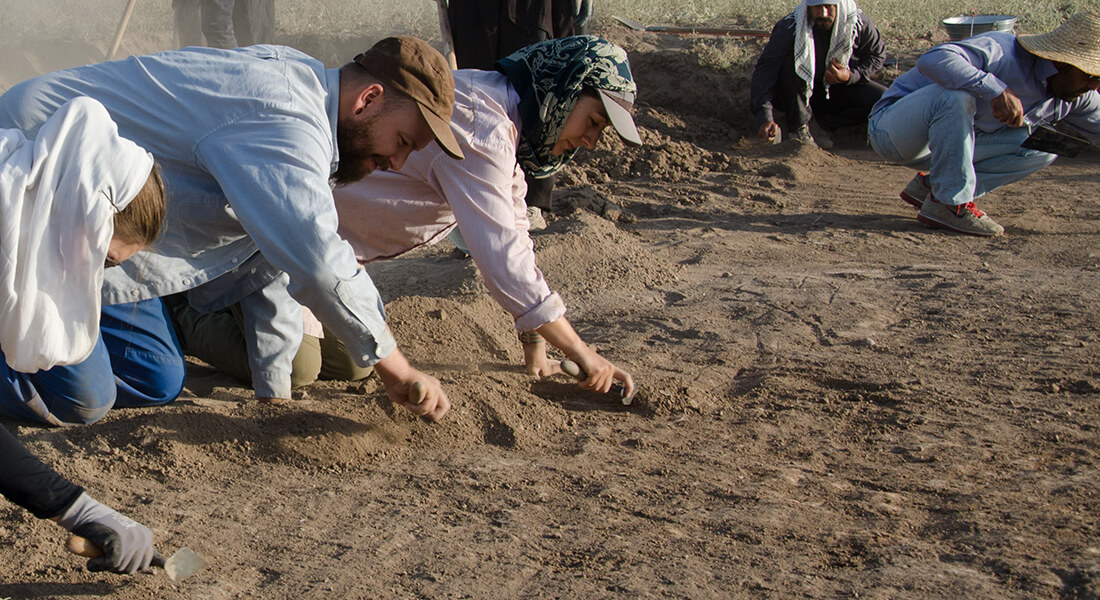Launch – UCPH School of Archaeology
Join us on 9 May for a festive launch of the UCPH School of Archaeology with speeches and a keynote address followed by a reception.
The UCPH School of Archaeology is a cross-faculty initiative bringing together the rich diversity of expertise in the field of archaeology found at the University of Copenhagen in unique and innovative ways.

Registration is required. Please sign up here no later than 4 May.
Note: If you don't have a SUND-ID card, you need to be on the registration list in order to enter the Mærsk Tower after 17:00.
Programme
Nielsine Nielsens Auditorium, Mærsk Tower:
16:00-17:30
Welcome and introductory speeches
- Henrik Wegener, Rector, University of Copenhagen
- Stuart Ward, Chair of the steering committee, UCPH School of Archaeology
Keynote address: Out of the Shadows: Rehabilitating the hilly flanks as a center of agricultural origins
by Melinda A. Zeder, Senior Scientist at the National Museum of Natural History, Smithsonian Institution
Abstract
From the early 1950s through the late 1970s interdisciplinary teams comprised of archaeologists, geologists, botanists, and zoologists investigated the origins of agriculture in the Taurus/Zagros arc of the Eastern Fertile Crescent. While researchers working in this area differed over the context and causes for these developments, the general consensus at the time saw this region as a primary center of initial domestication and agricultural emergence. Political events in the 1960s and 70s caused a shift in the focus of the archaeological investigation of early agriculture to the Western Fertile Crescent region of modern-day Israel, Jordan and northern Syria. This work promoted a view of this region as the earliest and most important center of agricultural origins in the Near East, with the Eastern Fertile Crescent retreating into the shadows, portrayed as a backwater that lagged far behind the transformative innovations of the West.
Recently, the resumption of archaeological investigations in the Taurus/Zagros arc, coupled with the advances in scientific methods for documenting domestication and agricultural emergence, has succeeded in overturning this notion. This recent work reaffirms the Eastern Fertile Crescent’s status as a heartland of domestication of a number of crop and livestock species. It has also provided insight into how and perhaps even some of the reasons why people and a range of species in this region set down pathways leading to domestication.
This lecture reviews the history of research on agricultural origins in the Eastern Fertile Crescent and the landmark new studies that have rehabilitated it as a major center of domestication and agricultural emergence.
Mærsk Tower, room 7.15.53, 15th floor (Udsigten):
